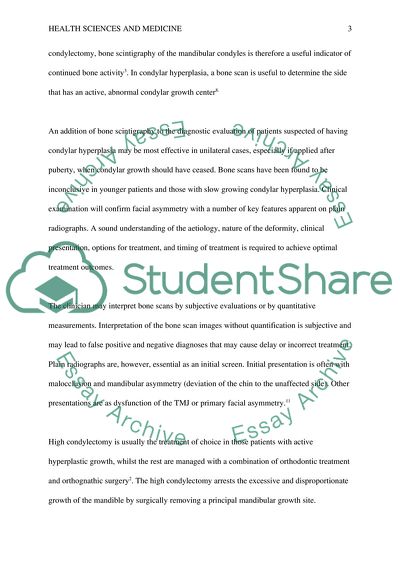Cite this document
(The Management of Condylar Hyperplasia Essay Example | Topics and Well Written Essays - 1500 words, n.d.)
The Management of Condylar Hyperplasia Essay Example | Topics and Well Written Essays - 1500 words. https://studentshare.org/health-sciences-medicine/1764675-systematic-review-of-the-management-of-condylar-hyperplasia
The Management of Condylar Hyperplasia Essay Example | Topics and Well Written Essays - 1500 words. https://studentshare.org/health-sciences-medicine/1764675-systematic-review-of-the-management-of-condylar-hyperplasia
(The Management of Condylar Hyperplasia Essay Example | Topics and Well Written Essays - 1500 Words)
The Management of Condylar Hyperplasia Essay Example | Topics and Well Written Essays - 1500 Words. https://studentshare.org/health-sciences-medicine/1764675-systematic-review-of-the-management-of-condylar-hyperplasia.
The Management of Condylar Hyperplasia Essay Example | Topics and Well Written Essays - 1500 Words. https://studentshare.org/health-sciences-medicine/1764675-systematic-review-of-the-management-of-condylar-hyperplasia.
“The Management of Condylar Hyperplasia Essay Example | Topics and Well Written Essays - 1500 Words”. https://studentshare.org/health-sciences-medicine/1764675-systematic-review-of-the-management-of-condylar-hyperplasia.


